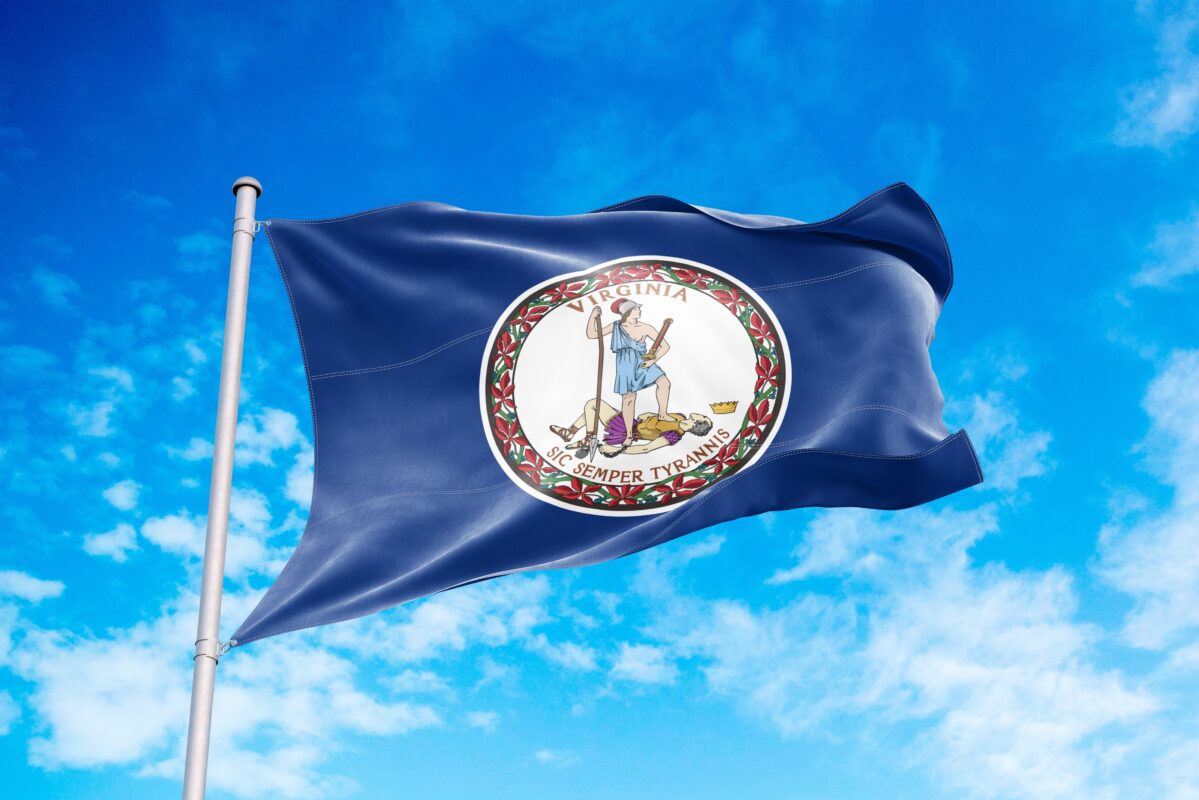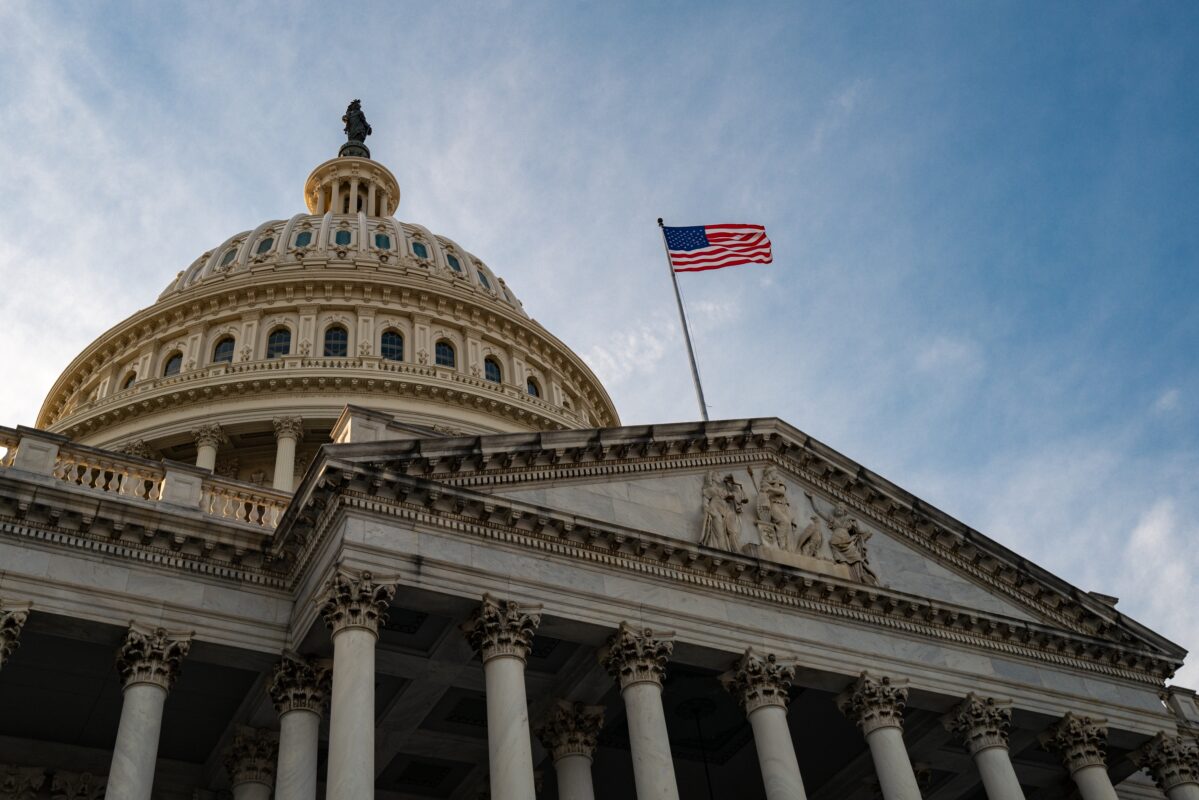In a recent study published in Autism Research, researchers at the University of Miami and Harvard Medical School suggest that newborn auditory brainstem response (ABR) screening results may be used as a biomarker for autism spectrum disorder (ASD) (Miron et al, 2020).
When examining ABR data from 139,154 newborns, the 321 newborns later diagnosed with ASD displayed greater variability and significant prolongations of the negative wave that follows positive wave V (V-negative) and ABR phase calculated with a Fast Fourier Transform.
The delayed ABR latencies in the present study are similar to those reported in previous studies of older infants and children tested with higher-intensity stimuli (Fujikawa‐Brooks et al, 2010; Miron et al, 2016, 2018; Roth et al, 2011; Wong and Wong, 1991).
Given the availability of newborn hearing screening data, the results of this study are important. However, future studies will be necessary to replicate this work and to determine the usefulness of the ABR phase and V-negative. The authors conclude that future studies using higher stimulus intensities will likely yield less variable results and offer a more robust biomarker for diagnosing ASD in infants.
References
Fujikawa‐Brooks S, Isenberg AL, Osann K, Spence MA, Gage NM. (2010) The effect of rate stress on the auditory brainstem response in autism: A preliminary report. Intl J Audiol 49(2):129– 140.
Miron O, Delgado RE, Delgado CF, Simpson EA, Yu K, Gutierrez A, Zeng G, Gerstenberger JN, Kohane IS. (2020) Prolonged auditory brainstem response in universal hearing screening of newborns with autism spectrum disorder. Autism Res. In press. DOI: 10.1002/aur.2422
Miron O, Ari‐Even Roth D, Gabis LV, Henkin Y, Shefer S, Dinstein I, Geva R. (2016) Prolonged auditory brainstem responses in infants with autism. Autism Res 9(6):689– 695.
Miron O, Beam AL, Kohane IS. (2018) Auditory brainstem response in infants and children with autism spectrum disorder: A meta‐analysis of wave V. Autism Res 11(2):355– 363.
Roth DA, Muchnik C, Shabtai E, Hildesheimer M, Henkin Y. (2011) Evidence for atypical auditory brainstem responses in young children with suspected autism spectrum disorders. Devel Med Child Neurol 54(1):23– 29.
Wong V, Wong SN. (1991) Brainstem auditory evoked potential study in children with autistic disorder. J Autism Devel Dis21(3):329– 340.
Recent Posts
Academy Files Rulemaking Petition to Restore ABA Language in VA Regulations
Earlier last year, the Virginia Board of Audiology and Speech-Language Pathology finalized regulatory changes intended to streamline licensure by removing direct ties between certification and…
Congress Needs to Hear From Audiologists on Student Loan Access
The Professional Student Degree Act, H.R. 6718, introduced by Representative Michael Lawler (R-NY), was introduced in mid-December. This bill reaffirms audiology’s status as a professional…
Why Wild Animals Don’t Have Floppy Ears
In 1959, a scientist began a domestication experiment with silver foxes. Critics believed the experiment was, at the very least, too ambitious (if not outright…


